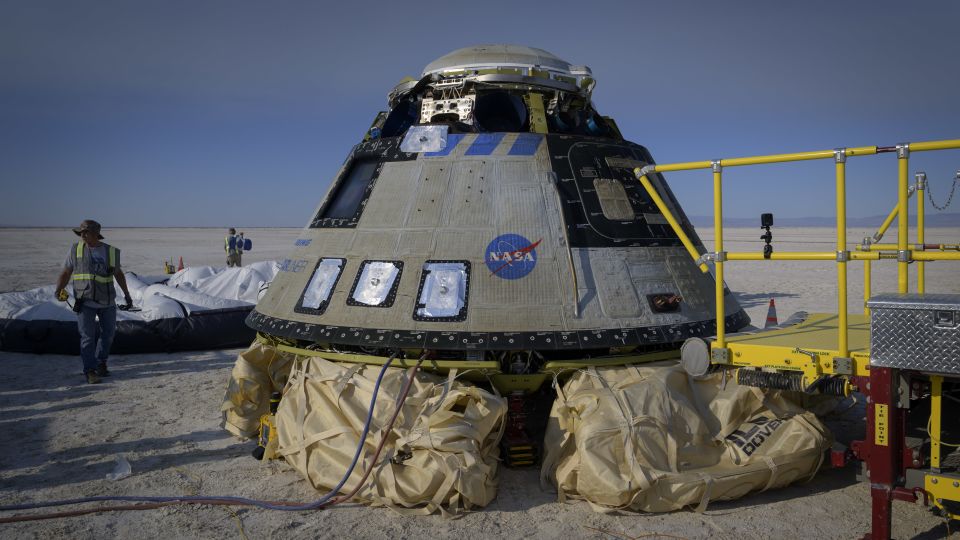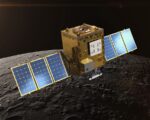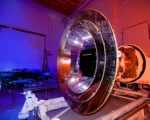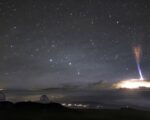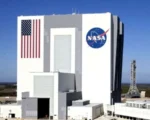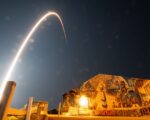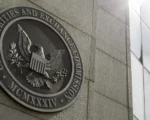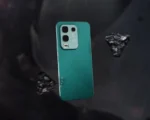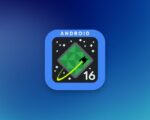Boeing’s Starliner Concludes Three-Month ISS Mission with Safe Landing in New Mexico, NASA Reports
Boeing’s Starliner spacecraft has successfully completed its long-awaited Crew Flight Test (CFT) mission, landing safely at White Sands Missile Range in New Mexico on September 7, 2024. After more than three months in space, the uncrewed capsule returned to Earth with a parachute-assisted landing at 12:01 a.m. EDT (0401 GMT). This mission, which was initially planned to last just ten days, faced significant delays due to thruster issues encountered as the capsule approached the International Space Station (ISS). While there were no astronauts aboard during this test flight, NASA has confirmed that any crew members would have been unharmed had they been on board.
The successful landing of Starliner is a crucial milestone for NASA and Boeing, particularly following a series of challenges that have delayed the spacecraft’s operational debut. NASA’s Steve Stich, manager of the Commercial Crew Program, addressed the media during a press conference, explaining that Starliner’s descent proceeded according to the planned procedures. The spacecraft executed its deorbit burn, re-entry, and landing as designed. Stich emphasized that even with crew aboard, the landing would have been equally safe, showcasing the effectiveness of the spacecraft’s design despite the unexpected difficulties encountered during the mission.
In addition to the successful landing, the mission has provided valuable insights into the issues faced with the spacecraft’s thrusters. Boeing and NASA teams have been conducting extensive tests at White Sands to better understand the malfunction that delayed Starliner’s return. These efforts are essential not only for resolving the current challenges but also for ensuring the long-term safety and reliability of the spacecraft for future crewed missions.
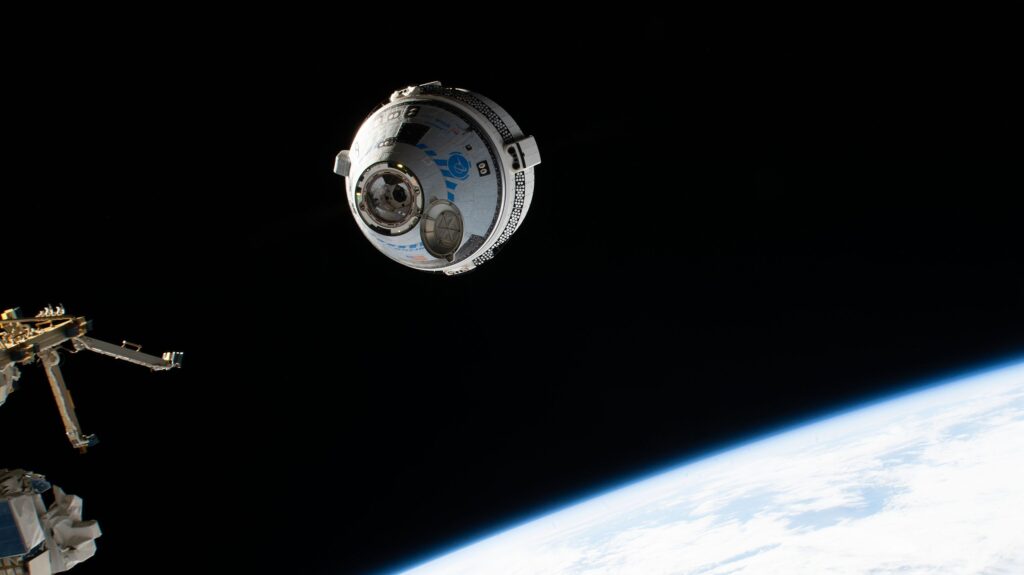
Unfortunately, the delays have led to a reassignment of the astronauts who were initially scheduled to participate in the mission. NASA astronauts Butch Wilmore and Suni Williams, who were supposed to return after a ten-day stay aboard the ISS, will now remain on the station for ten months. Their extended stay will allow them to contribute to ongoing scientific research and experiments, while the operational timeline for Boeing’s Starliner continues to evolve.
Looking ahead, Boeing is working closely with NASA to prepare for the next steps in the Starliner program. The successful completion of the Crew Flight Test is a pivotal moment that could pave the way for future crewed missions. As the teams analyze the data gathered during this mission, they aim to address the thruster issues and ensure that Starliner can safely carry astronauts to and from the ISS in the near future.
The Starliner mission is a significant part of NASA’s broader Commercial Crew Program, which aims to facilitate private companies’ participation in human spaceflight. As Boeing and NASA navigate the complexities of this program, the successful landing of Starliner at White Sands represents both a culmination of years of hard work and a new beginning for future exploration. The challenges faced during this mission have reinforced the importance of safety and reliability in space travel, setting a strong foundation for the continued partnership between government and industry in advancing human space exploration.


